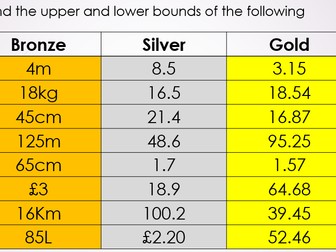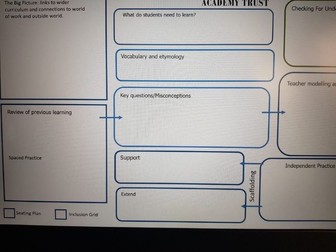Misleading data activity
4 worksheets. I grouped the class and shared these out. The idea is to produce a report that makes your product look better than the competition by drawing graphs that are clearly misleading. I found this activity really made students think about scale and presentation. It worked well with a top set year 9 and middling year 10.

